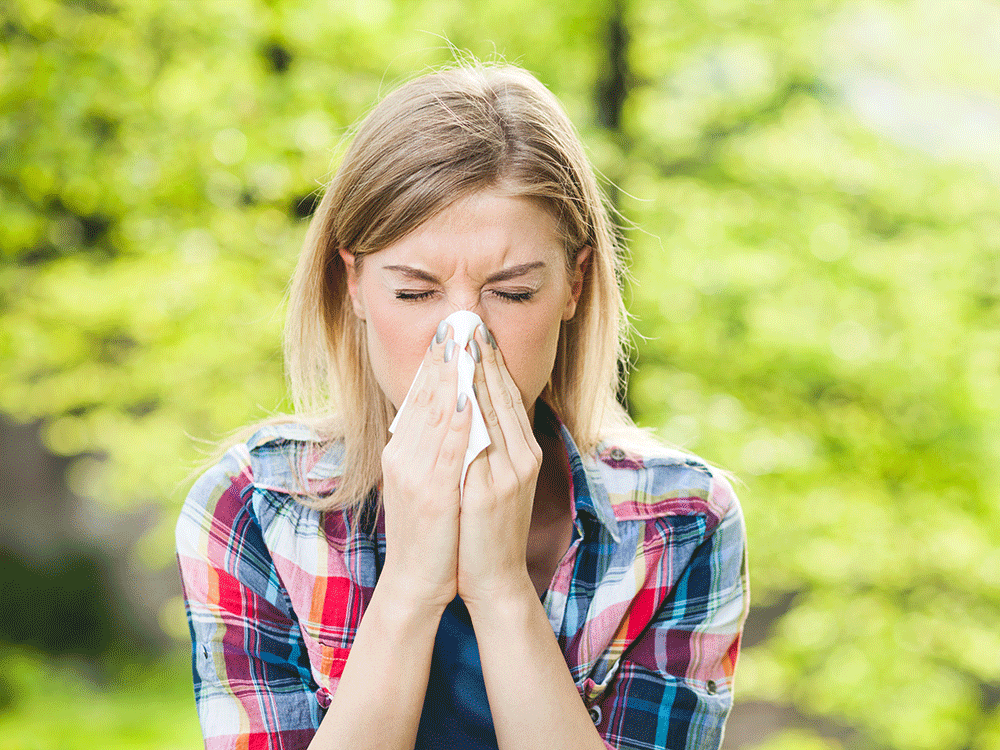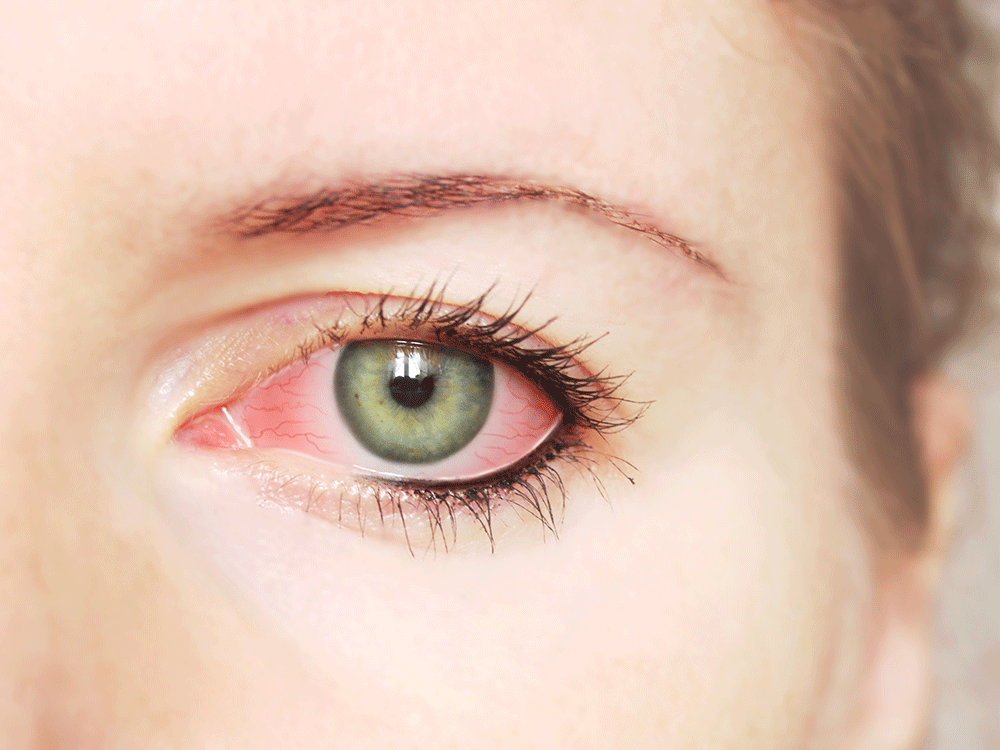
Grass Allergies Affect a Quarter of All Canadians
Up to 25 per cent of Canadians suffer from grass allergies, and if you’re one of them, the early summer months may not be your favourite time of year. Between May and June, winds scatter the highly allergenic pollen produced by grass. This means you’re more likely to breathe it in, says Dr. Anne Ellis, chair of the division of allergy and immunology in the department of medicine at Queen’s University in Kingston, Ont.

Common Grass Allergy Symptoms (and How to Treat Them)
Grass allergy sufferers often complain of itchy and burning eyes; other common symptoms include a runny nose, congestion and sneezing. Those with asthma may find that grass allergies trigger an asthma flare-up. People plagued by these issues should consider trying an over-the-counter antihistamine as a first step. According to Ellis, the non-sedating varieties developed in the last few decades, like Claritin or Reactine, are a better choice than first-generation options, which have sedative properties that can impair cognition, particularly in children and the elderly. If over-the-counter drugs aren’t working for you, your doctor may be able to prescribe a steroid spray to address the nasal inflammation that’s causing the uncomfortable symptoms.
Looking for natural relief? Try these 12 Homeopathic Allergy Remedies!

When It’s Time to See an Allergist
If the above treatments aren’t providing relief, consider getting a referral to an allergist, who can give you allergy shots. This approach aims to train your immune system to ignore the allergens. That means the body becomes desensitized to pollen over time and can better tolerate exposure. You’ll need weekly injections for the first four to six months, then monthly shots for three to five years. “It’s really important for people to realize that there are effective treatments for allergies,” says Ellis. “You don’t need to suffer.”
Check out these 11 Clever Ways to Allergy-Proof Your Home!